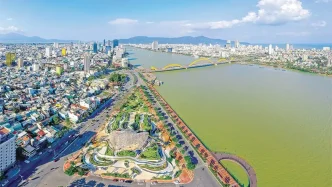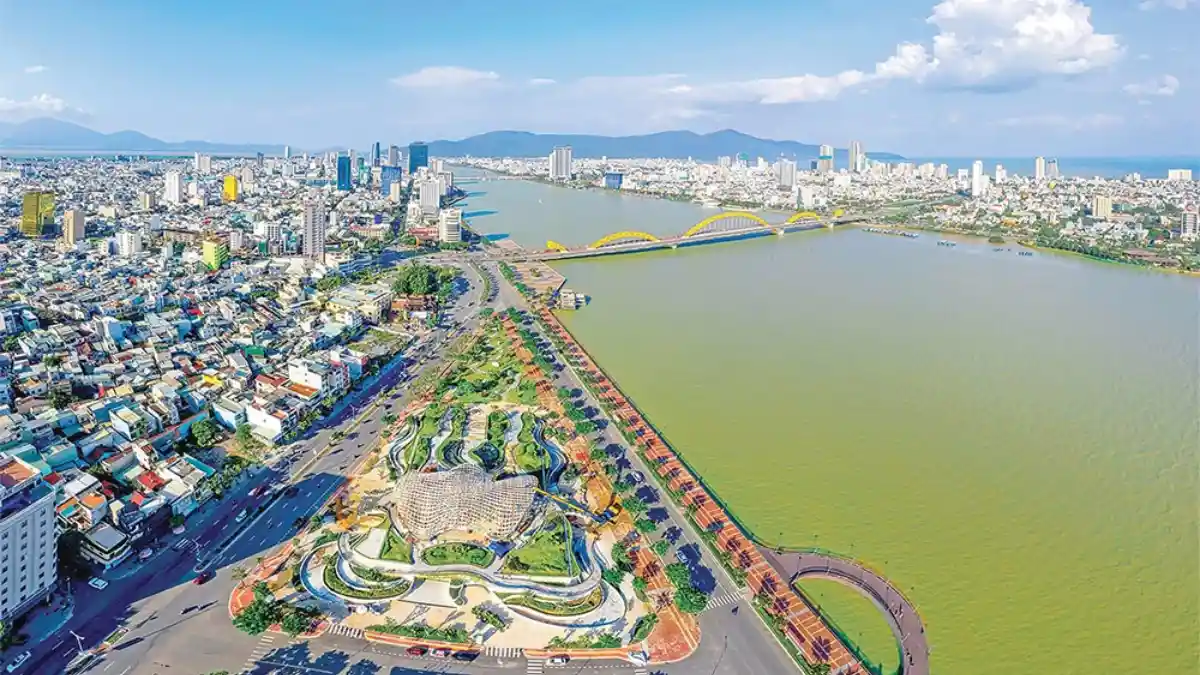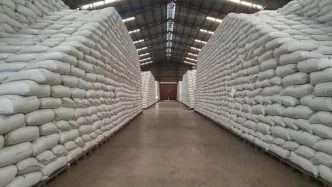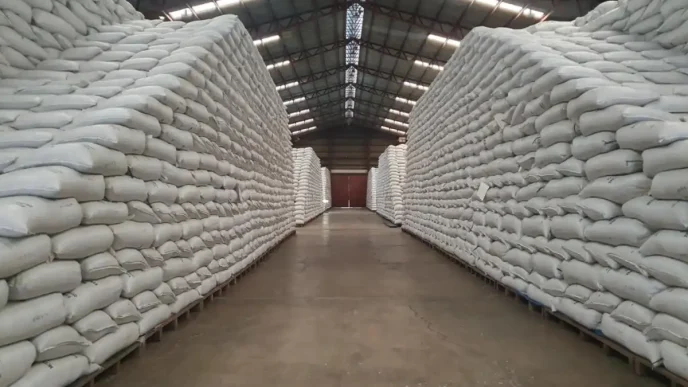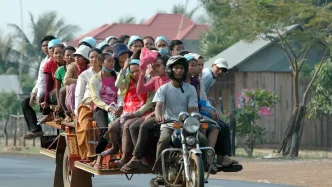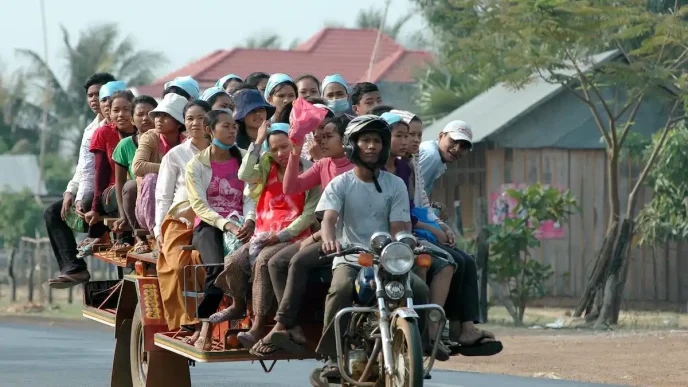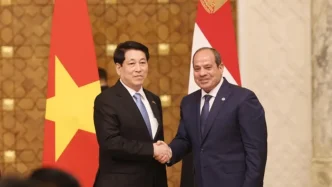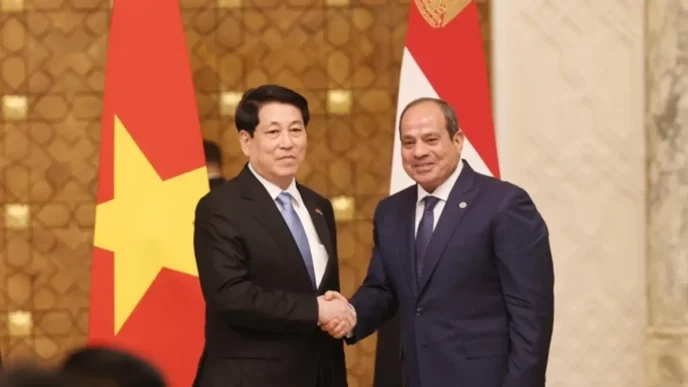Vietnam is setting its sights on transformative economic growth through the establishment of free trade zones (FTZs) across the country. From the coastal city of Da Nang to the northern port hub of Hai Phong, provinces are racing to create these specialized economic areas with the promise of attracting foreign investment, boosting logistics, and integrating into global supply chains. As the government targets double-digit growth by 2026, FTZs are emerging as a cornerstone of this ambitious strategy, with several regions laying the groundwork for what could redefine Vietnam’s economic landscape.
A Nationwide Drive for Economic Breakthroughs
In recent months, multiple Vietnamese provinces have unveiled plans to establish FTZs, viewing them as engines for regional and national development. Khanh Hoa, a south-central province, is one of the latest to join this trend. At a meeting with investors and enterprises, Tran Quoc Nam, Chairman of the provincial People’s Committee, outlined plans for the Khanh Hoa Free Trade Zone, centered in the Van Phong Economic Zone. The vision is to create a gateway for marine economic development, paired with high-end international services, positioning the province as a key player in Vietnam’s coastal economy.
Similarly, Ha Tinh in central Vietnam is pursuing an FTZ in Vung Ang, aiming to transform the area into an international logistics hub for the Indochina region. In mid-July, the provincial authorities convened a special meeting to advance this initiative, tasking the Department of Finance with drafting a proposal by early August. This urgency reflects a broader national momentum, as provinces compete to secure approval for their FTZ projects.
Further south, Dong Nai province is crafting an FTZ linked to the infrastructure of Long Thanh Airport, a major upcoming aviation hub. Preliminary plans include four functional subzones focusing on manufacturing, logistics, finance-commerce-services, and research and innovation in IT and digital economy. The estimated cost for this ambitious project is a staggering US$16 billion, underscoring the scale of investment Vietnam is willing to pursue for economic transformation.
Other regions, such as Ba Ria-Vung Tau—now integrated into the greater Ho Chi Minh City area—have also explored FTZ development tied to seaports like Cai Mep Ha. Spanning over 3,749 hectares, the proposed zone would emphasize digital, green, and circular economies as core drivers. While not all proposals have gained traction, the enthusiasm across Vietnam’s provinces highlights a collective ambition to replicate the success of global FTZ models.
Da Nang and Hai Phong Lead the Way
Amid this flurry of proposals, only two FTZs have received formal approval from Vietnam’s National Assembly for pilot establishment: Da Nang and Hai Phong. These zones are equipped with breakthrough policies and mechanisms designed to attract investment and foster economic dynamism. The Da Nang Free Trade Zone, officially established in mid-June under a government decision, spans more than 1,880 hectares. It aims to position the city as a regional economic center and a strategic growth pole for both the central region and the nation at large.
In the long term, Da Nang’s FTZ is envisioned as a critical link in the global and Asia-Pacific supply chain network. By leveraging its connectivity through Lien Chieu Port, Da Nang International Airport, and the East-West Economic Corridor, the zone is set to become a manufacturing hub and international cargo transit center. On the day of its official announcement, Deputy Prime Minister Nguyen Hoa Binh described the zone as a potential catalyst for connecting Vietnam to the global economy, with far-reaching implications for the city’s future and the country’s development trajectory.
Similarly, the Hai Phong Free Trade Zone, located in the northern Red River Delta, is poised to become a new growth pole for the region. Minister of Finance Nguyen Van Thang, presenting the special mechanism for Hai Phong to the National Assembly, emphasized that the FTZ would attract significant investment capital and establish the city as a logistics hub. Special policies on foreign currency and land leasing are expected to enhance its appeal to international investors. Thang highlighted the potential for Vietnam to become a transshipment and packaging hub, increasing foreign currency earnings and strengthening global supply chain connections through such zones.
A Strategic Economic Vision
The push for FTZs aligns with Vietnam’s broader economic targets, as outlined by the government. For 2025, the growth rate goal is set at 8.3–8.5 percent, with an ambitious shift to double-digit growth starting in 2026. Traditional drivers like investment, consumption, and exports remain critical, but new models such as international financial centers and FTZs are being prioritized to unlock additional growth. These zones are seen as vital tools for integrating Vietnam into the global economy, offering preferential policies to attract foreign direct investment and foster innovation.
The government’s cautious approach to FTZ implementation includes strict inspection and supervision during the pilot phase. Minister Thang noted that if the model proves effective in Da Nang and Hai Phong, it could be expanded and legalized for broader application across the country. This phased strategy reflects a balance between bold economic experimentation and the need to mitigate risks in a rapidly changing global landscape.
Challenges and Opportunities Ahead
While the enthusiasm for FTZs is palpable, challenges remain in translating plans into reality. The sheer scale of investment required, as seen in Dong Nai’s US$16 billion estimate, raises questions about funding and infrastructure readiness. Moreover, coordinating policies across provinces and ensuring equitable benefits for local communities will be critical to avoiding disparities in development. The success of pilot zones in Da Nang and Hai Phong will serve as a litmus test for whether Vietnam can replicate the achievements of established FTZs in places like Singapore or Dubai.
Yet, the opportunities are undeniable. FTZs could position Vietnam as a pivotal player in regional and global trade, capitalizing on its strategic location along key maritime routes and economic corridors. By fostering industries such as manufacturing, logistics, and digital innovation, these zones have the potential to create jobs, boost exports, and elevate Vietnam’s standing in international markets.
Additionally, the focus on green and circular economies in proposals like Ba Ria-Vung Tau’s suggests a forward-thinking approach to sustainable development. If executed well, FTZs could align economic growth with environmental goals, addressing global demands for responsible business practices while driving prosperity at home.
Regional Implications and Global Integration
The establishment of FTZs carries implications beyond Vietnam’s borders. As zones like Vung Ang in Ha Tinh aim to serve the broader Indochina region, they could enhance cross-border trade and logistics, strengthening economic ties with neighbors like Laos and Cambodia. The East-West Economic Corridor, linked to Da Nang’s FTZ, further underscores Vietnam’s role as a gateway for regional connectivity, potentially reshaping trade flows across Southeast Asia.
Globally, Vietnam’s FTZs signal an intent to deepen integration into international supply chains at a time when geopolitical tensions and trade disruptions have prompted companies to diversify manufacturing bases. By offering competitive incentives and strategic locations, Vietnam could attract multinationals seeking alternatives to traditional hubs, positioning itself as a viable option in the China Plus One strategy adopted by many firms.
Looking to the Future
As Vietnam embarks on this ambitious journey, the success of its free trade zones will hinge on effective policy design, robust infrastructure investment, and adaptive governance. The pilot projects in Da Nang and Hai Phong offer a glimpse of what is possible, but scaling this model nationwide will require sustained commitment and innovation. For now, provinces across the country are watching closely, eager to carve out their own roles in Vietnam’s economic future.
The road ahead is uncertain, but the stakes are high. If Vietnam can harness the potential of FTZs to drive double-digit growth, it may well redefine its place in the global economy, transforming from an emerging market into a regional powerhouse. As reforms and investments unfold, the world will be watching to see whether these zones become the catalysts for change that leaders envision.

